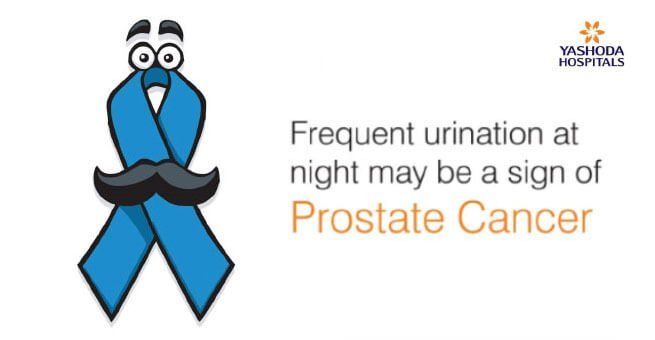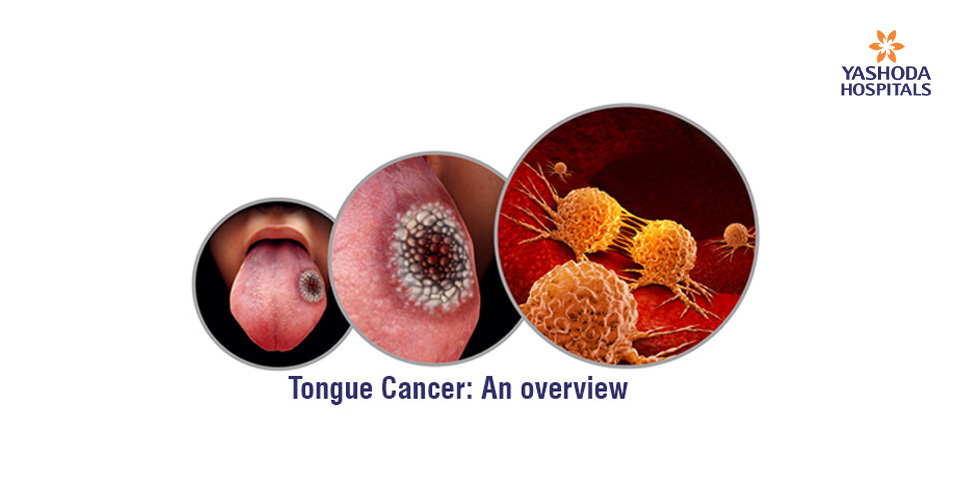Identifying and Treating Prostate Cancer

Prostate gland is a gland located between the bladder and the penis. The seminal fluid produced by the prostate gland helps to nourish and transport the sperm. Prostate cancer is usually commonly diagnosed for men aged over 60 years. Gradual increase in age is considered as the important factor for developing prostate cancer. If detected early there are better chances of a successful treatment, but if neglected the cancerous cells may spread to other tissues of the body.
CAUSES
The causes of prostate cancer are not fully understood. However, like other cancers, prostate cancer also occurs when there is growth of abnormal cells, which continue to live and form a tumor, later to invade the surrounding tissues.

SYMPTOMS
Those with prostate cancer suffer from the below symptoms;
- Trouble urinating
- Decreased force of urine
- Blood in semen
- Pelvic discomfort
- Bone pain and erectile dysfunction.
RISK FACTORS & COMPLICATIONS
There is greater risk of developing prostate cancer due to old age, family history of prostate cancer, and obesity. It has been found that families with a history of breast cancer (BRCA1 or BRCA2) present a greater risk of prostate cancer. The complications of prostate cancer are evident over a period of time. It is seen as spreading to other nearby organs or can travel through the bloodstream or lymph to affect the bones. Prostate cancer can cause urinary incontinence, a condition where the bladder loses control and there is uncontrollable wetting. Another complication of prostate cancer is erectile dysfunction, an inability to develop or maintain an erection of the penis during sexual intercourse.
TESTS AND DIAGNOSIS
Males above 50 years of age should get routine tests done for prostate cancer, since an early diagnosis helps in providing better and effective treatment. Two tests are prescribed by the doctor as part of diagnosis of prostate cancer. Digital rectal exam (DRE) helps to note the size, texture and shape of the prostate gland. The Prostate-specific antigen (PSA) Test studies the amount of PSA in the blood. Higher levels of PSA in the blood indicates prostate infection and possible prostate cancer. The transrectal ultrasound helps to evaluate the condition of the prostate gland. Prostate biopsy may be advised if the doctor finds the case to be complicated. The tissue collected from the prostate is analyzed to identify the cancer cells.
TREATMENTS AND DRUGS
Treatment depends on the various stages of prostate cancer.
- Stage 1: When prostate cancer is confined to the prostate.
- Stage 2: When prostate cancer though confined to the prostate is more aggressive, larger and spread to both sides of the prostate cancer.
- Stage 3: When cancerous cells spread from prostate to seminal vesicles
- Stage 4: When cancer spreads from the prostate to bladder, lymph nodes, bones, lungs and other organs.
The regular treatments for prostate cancer include
- Radiation therapy (brachytherapy) and hormone therapy.
- Advanced prostate cancer is diagnosed for hormone therapy and surgery.
- Radical prostatectomy is a process where the affected prostate gland and its surrounding tissues are removed completely.
- Prostate surgery is performed by a robot or by making an incision in the abdomen, or between anus and scrotum.
- Laparoscopic prostatectomy is the process where surgery is done through a small incision in the abdomen with the assistance of a tiny camera (laparoscope).
- Other treatments include cryosurgery, chemotherapy and biological therapy.
You may also like to read about Robotic Prostate Cancer Surgery.




















 Appointment
Appointment WhatsApp
WhatsApp Call
Call More
More